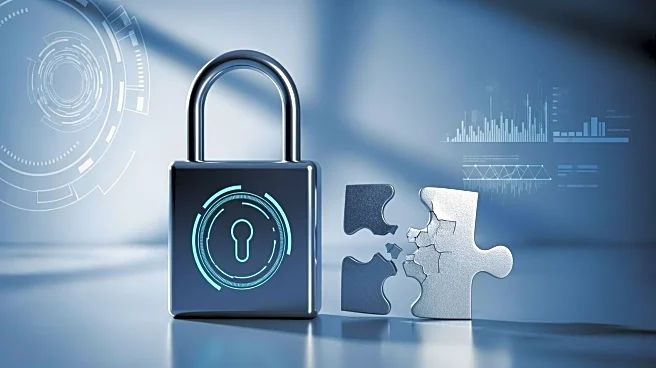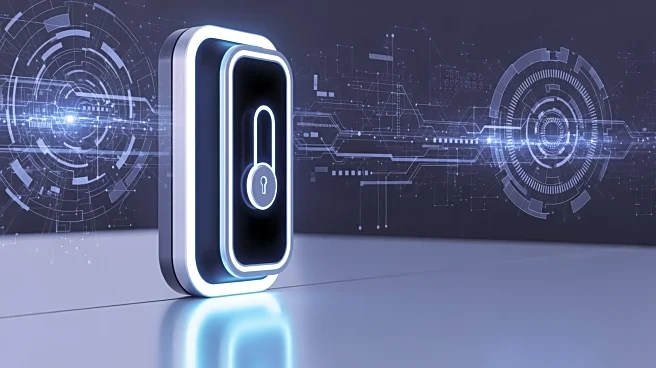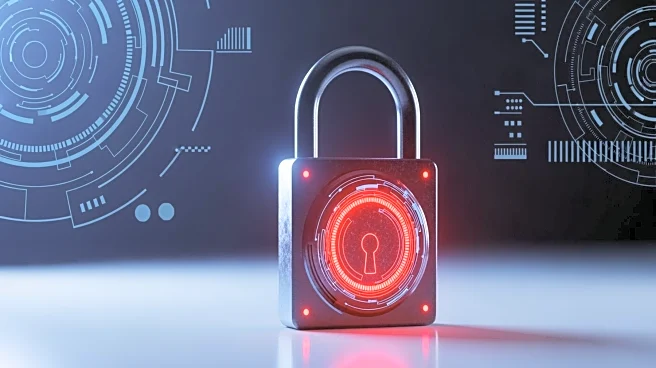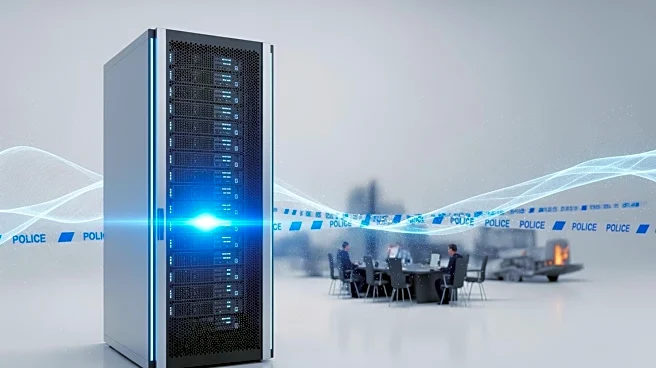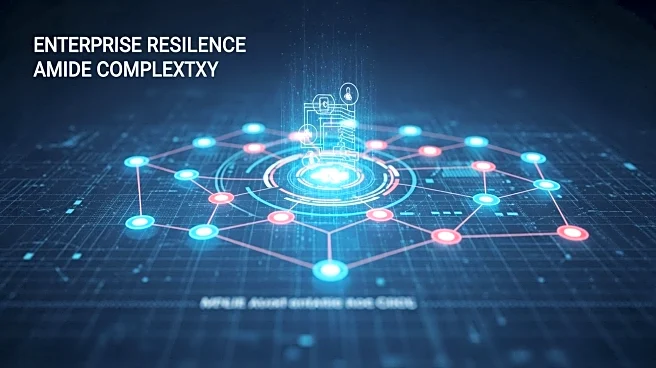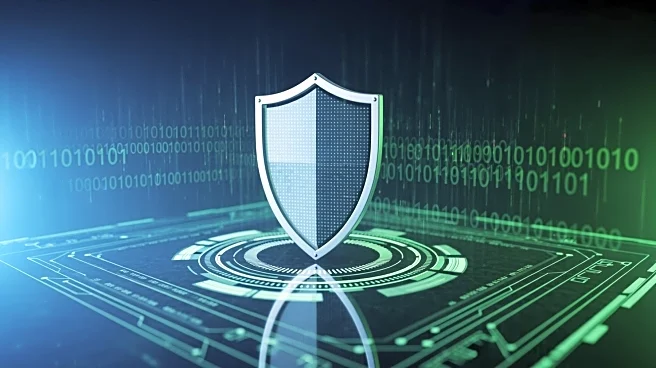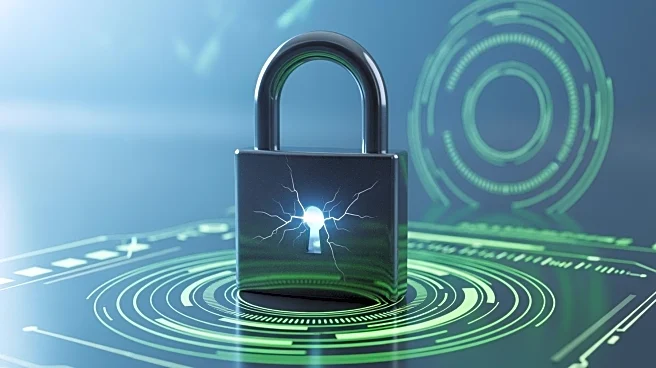What's Happening?
Organizations are increasingly adopting self-service password reset (SSPR) systems to reduce the financial and operational burden associated with password management. According to a report, 40% of help desk calls are related to password issues, with each
reset costing approximately $70. SSPR allows users to reset their passwords independently, leading to significant cost savings. A study by Specops found that their uReset SSPR solution saved an average of $136 per user. However, implementing SSPR requires robust security measures to prevent fraud, such as sim-swapping, where attackers intercept SMS-based two-factor authentication codes. Effective SSPR systems categorize users by risk level and employ multi-factor authentication to secure sensitive accounts.
Why It's Important?
The adoption of SSPR systems is crucial for organizations looking to optimize their IT resources and reduce costs. By enabling users to manage their own password resets, companies can decrease the workload on IT help desks, allowing them to focus on more critical tasks. This shift not only saves money but also enhances productivity by minimizing downtime for employees. However, the security of SSPR systems is paramount, as compromised accounts can lead to significant data breaches. Implementing strong security protocols, such as multi-factor authentication and monitoring for unusual login activity, is essential to protect against potential threats.
What's Next?
Organizations planning to implement SSPR systems must prioritize security to prevent unauthorized access. This includes setting up tiered security levels based on user risk and ensuring proper enrollment hygiene. Companies may also consider integrating additional security measures, such as IP/device reputation checks and audit trails, to detect and respond to potential threats. As more organizations adopt remote and hybrid work models, the demand for secure and efficient SSPR solutions is likely to grow, prompting further innovation in this area.
Beyond the Headlines
The move towards SSPR systems reflects a broader trend of digital transformation in the workplace, where automation and self-service are becoming standard. This shift not only impacts IT departments but also influences organizational culture by promoting a more autonomous and efficient work environment. As technology continues to evolve, companies will need to balance convenience with security to protect sensitive information while empowering employees.




